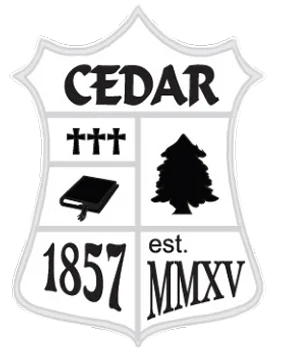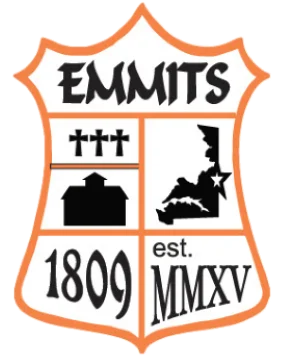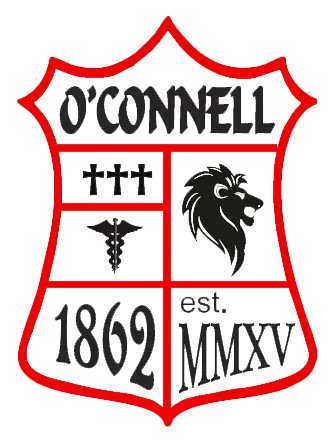Student House
Government
House History
A Tradition of Belonging,
Leadership, and Sisterhood
Seton’s House System creates smaller communities within the school, fostering cross-grade mentorship, leadership development, and a lasting sense of connection rooted in shared history and values.
At the beginning of the 2015-2016 school year, Seton adopted a new student government model known as the House System. Seton’s house system organizes students in four different houses. Each house is currently divided into eight mentor groups which has students from all grade levels and a mentor teacher. Students and teachers remain with the same house and mentor group during their time at Seton. The house system fosters strong personal relationships with peers and adults, and it creates a sense of belonging for all students. It allows students to get to know each other in smaller groups, which then enhances the sisterhood that develops during a student’s four years at Seton

In 1857, the Sisters of Charity opened Cedar Grove Academy on the same ground that Seton currently occupies. As the needs of the Archdiocese of Cincinnati began to grow, Cedar Grove was chosen to become a girls’ high school. Cedar Grove ceased to be and Seton High School was born and officially opened registration in September, 1927. The Cedar House represents Seton’s roots in education.
The tree on Cedar’s crest represents the heritage of Cedar Grove; the book reminds us of Seton’s commitment to life-long learning and the 1857 date reflects the beginning of Cedar Grove Academy.

St. Elizabeth Ann Seton and the Sisters of Charity established their first community in Emmitsburg, Maryland. In this community, the Sisters established programs to educate children, care for orphans and minister to the poor and sick. The Emmits House represents Seton’s commitment to education and to the many ministries the Sisters of Charity provide in their communities.
The outline of the state of Maryland on Emmits crest represents the establishment of the Sisters of Charity; the school/church building reminds us of our commitment to Catholic education and the 1809 date represents the date the Sisters of Charity ministry was founded.

Sister Anthony O’Connell earned the nickname “Angel of the Battlefield” during the Civil War. She tended to any injured soldier, regardless of their association. After the war ended, she helped establish Good Samaritan Hospital and dedicated the hospital to helping those in financial need. O’Connell House represents Seton’s commitment to service and leadership as witnessed by S. Anthony.
O’Connell chose a lion’s head to represent the bravery of Sister Anthony and the caduceus, which is a nurse’s symbol, as a reminder of her commitment to the medical well being of others. 1862 is the year of the Battle of Shiloh–the year in which S. Anthony earned her nickname.

The Segale House is named after Sister Blandina Segale, a graduate of Cedar Grove Academy and a Sister of Charity. Sister Blandina worked tirelessly out West during the late 1800s in order to establish several ministries including schools and hospitals. She also helped to establish community-serving social networks for Native Americans indigenous to the land and Immigrants to the West. During this time, she notably befriended the famous outlaw, “Billy the Kid.” After returning to Cincinnati in the early 20th Century, S. Blandina established Santa Maria Community Services in the Price Hill area. On August 25th, 2015 it was announced that the investigation process would begin to consider Sister Blandina for Sainthood.
Segale House chose a silhouette of Sister Blandina to be a central focus of the house’s crest, reminding us of her dedication to the Sisters of Charity and the Price Hill community. The three hands were the logo of Santa Maria at the time the Segale House was established. And 1850 is the year of Sister Blandina’s birth.

